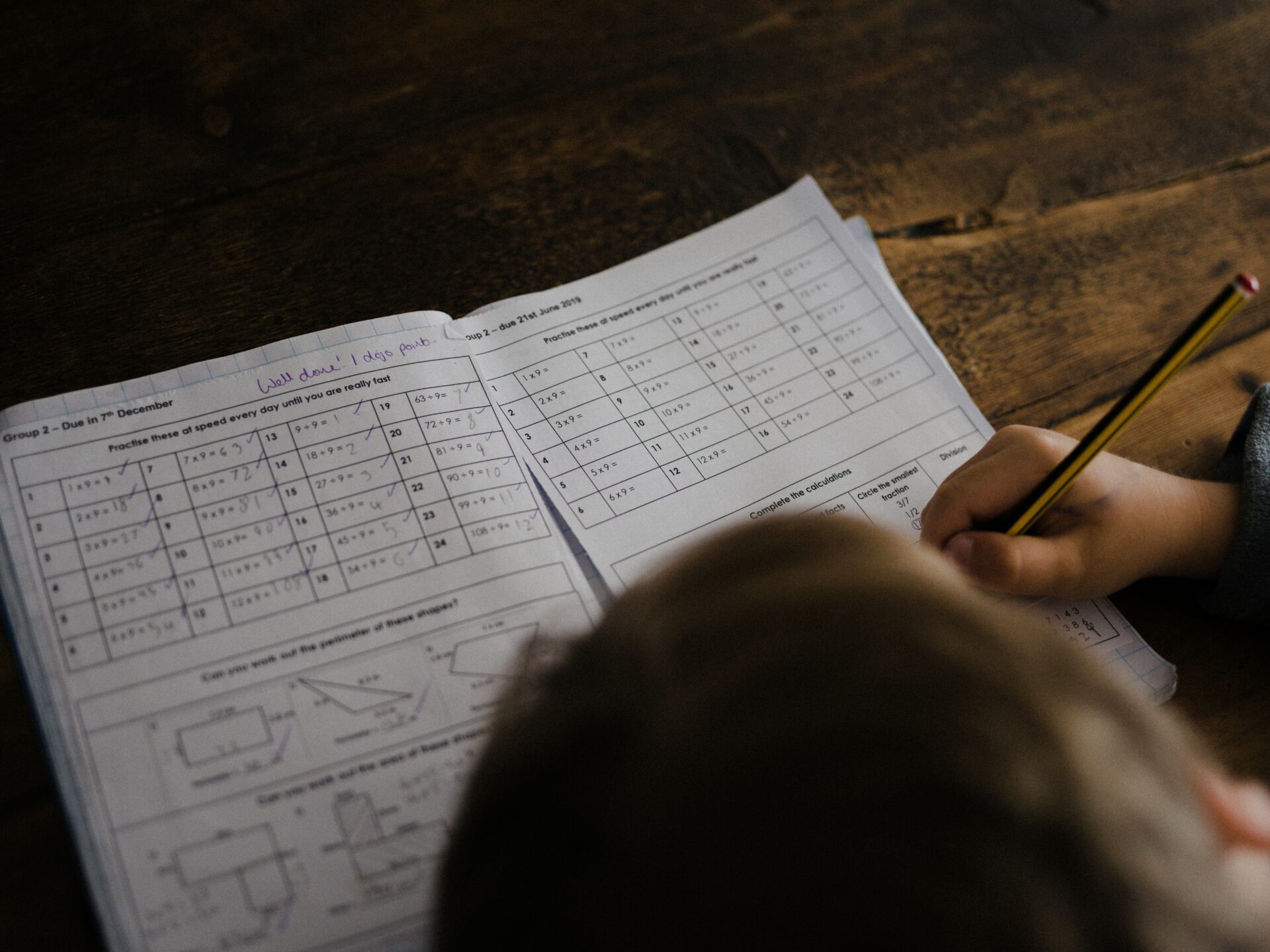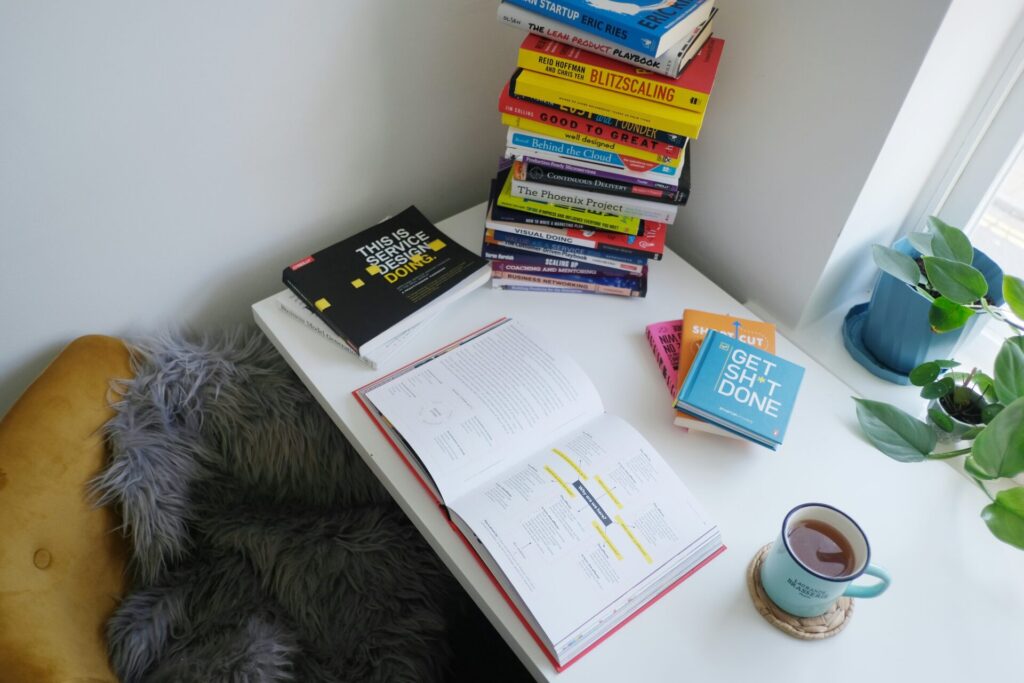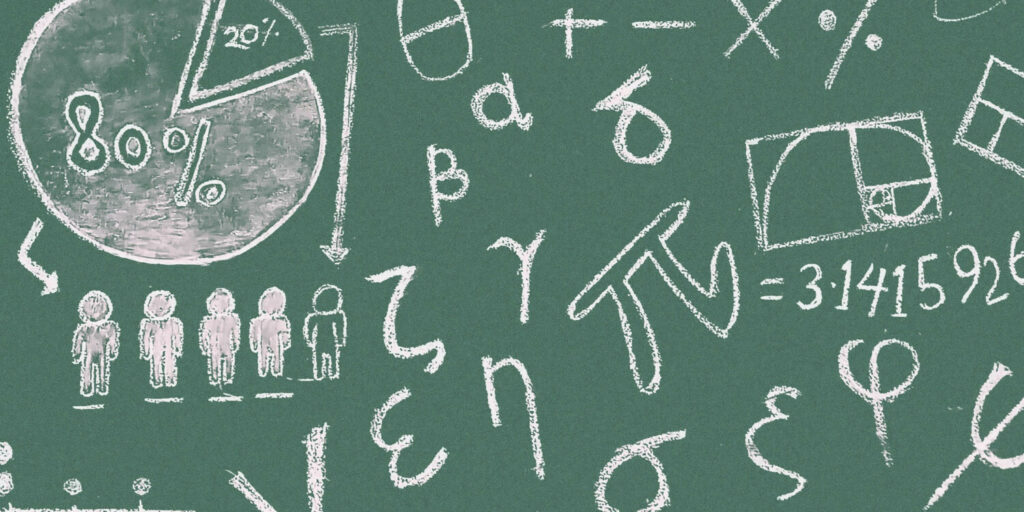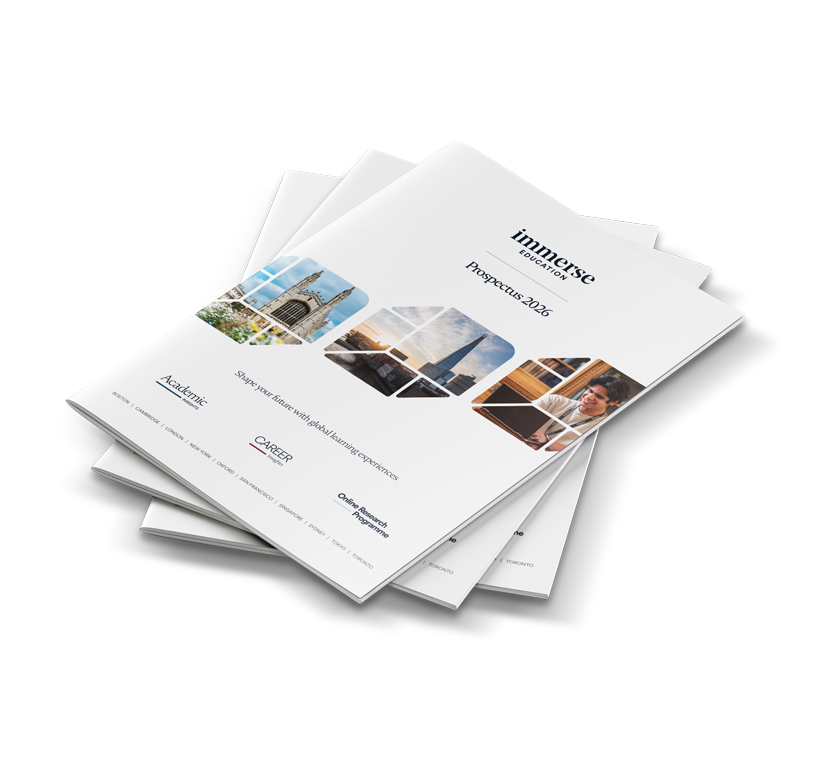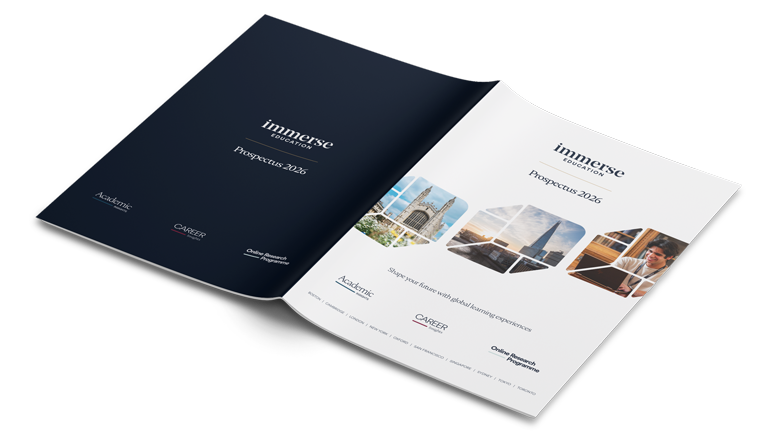A-Level Maths is one of the most challenging yet rewarding subjects you can study. Success hinges on mastering complex concepts and applying them in problem-solving scenarios. Unlike many other A-Level subjects, it’s not just about rote memorisation but developing deep mathematical understanding and exam strategies. With a focused approach to preparation, you can achieve an A* in your final exam. This blog will show you exactly how to revise A-Level Maths effectively using proven and highly specific strategies. After reading, you will be ready to tackle all A-Level requirements for Mathematics.
Understanding the A-Level Maths Exam
Before launching into revision, it’s essential to grasp the structure of the A-Level Maths course and its exam. The syllabus comprises three main components:
- Pure Mathematics (calculus, algebra, functions, etc.)
- Mechanics (modelling physical systems)
- Statistics (probability, data interpretation, distributions)
You’ll need to sit papers that test your ability not only to solve mathematical problems but also to apply techniques to unfamiliar situations. The key to excelling lies in targeted preparation. Below, we’ll explore how to revise A-Level Maths and build the confidence needed to succeed.
Moreover, you can explore Immerse Education’s Mathematics online courses to prepare even better.
1. How to Revise A Level Maths by Mastering Core Techniques
A-Level Maths revolves around mastering specific techniques. Use your revision sessions to practice solving problems that test precise mathematical skills. Focus on the following areas:
- Integration and Differentiation: Work through various functions, becoming proficient at applications like finding areas under curves or solving differential equations.
- Trigonometry Mastery: Focus on manipulating trigonometric identities, using compound angle formulas, and solving multi-step trig equations.
- Probability Distributions: Ensure fluency in calculating probabilities for binomial and normal distributions, a critical part of the Statistics section.
Break down each topic into small, manageable tasks and practice until skills feel automatic. This focused approach makes learning how to revise A-Level Maths more efficient and effective.
2. Use Past Papers to Refine Exam Skills
One of the most powerful tactics for A-Level Maths revision involves past papers. However, repeatedly solving them without reflection won’t help. Here’s how to get the most out of them:
- Spot Patterns: Identify which topics or question types recur from year to year, especially within Mechanics and Statistics papers.
- Understand Marking Schemes: Review how points are awarded in mark schemes. This helps you understand how to lay out calculations and explanations for full marks.
- Simulate Real Conditions: Practice completing full papers within time limits, without relying on notes or hints. This builds endurance and hones your time management.
By using past papers strategically, you’ll improve your problem-solving skills and reduce stress on exam day. If you’re unsure how to revise A-Level Maths with limited time, past paper analysis is one of the highest-yield methods.
Join the Immerse Education 2025 Essay Competition
Follow the instructions to write and submit your best essay for a chance to be awarded a 100% scholarship.

3. Select the Best Study Resources
Choosing the right resources makes a big difference in how effectively you revise. For A-Level Maths, focus on resources tailored specifically to your syllabus, such as:
- Exam Board Textbooks: Stick to textbooks specifically designed for your exam board (e.g., OCR, Edexcel, AQA). These ensure every topic is covered exactly as required for your exam.
- Interactive Tools: Platforms like Desmos and GeoGebra help visualise graphs and functions in an intuitive way. For Mechanics, experiment with motion simulations.
- Video Tutorials: Resources like Exam Solutions or Integral provide detailed explanations of A-Level Maths topics. Use these when stuck on complicated problems.
- Maths-Specific Apps: Apps that track progress in solving syllabus-aligned problems are invaluable. Look for tools that provide step-by-step solutions when you make mistakes.
The key to knowing how to revise A-Level Maths well isn’t using every resource available, but carefully selecting those that align tightly with your needs.
4. How to Revise A Level Maths Formulas and Theorems
While a formula booklet is allowed in exams, relying on it excessively wastes precious time. Instead, commit key formulas to memory and practice applying them across various question contexts.
- Build a formula sheet as part of your revision, containing explorations of key concepts like differentiation rules or Newton’s laws in mechanics, pairing each with solved examples for reference.
- Focus on quick recall: Ensure formulas like the quadratic equation or trigonometric identities become second nature.
- Dedicate extra attention to theorems and proofs in Pure Mathematics, such as deriving standard results independently. This develops a deeper understanding.
Knowing how to revise A-Level Maths formulas efficiently will boost both speed and confidence during the exam.
5. Get Comfortable with Advanced Calculator Functions
Your calculator isn’t just for basic arithmetic. For A-Level Maths, it’s a crucial tool for tackling specific sections like Statistics and Pure Mathematics. Make sure you’re fluent in using its advanced functions:
- Probability and Distribution Functions: Learn how to input probability data and use calculator outputs for binomial or normal distributions.
- Matrix Features: If matrices form part of your syllabus, practice solving questions involving multiplication, inverses, and determinants using your calculator.
- Equation Solvers: Many calculators can find roots for polynomial equations or evaluate integrals numerically, saving time on tedious manual work.
Mastering these functions is critical to knowing how to revise A-Level Maths effectively while optimising performance on exam day.
6. Focus on Pure Mathematics for Exam Success
Pure Mathematics forms the foundation of your A-Level Maths exam. It overlaps across all sections and typically carries the highest weighting. Pay special attention to:
- Functions and Graph Transformations: Practice sketching graphs by hand, understanding translations and stretches clearly.
- Sequences and Series Mastery: Experiment with arithmetic and geometric series questions to build confidence.
- Proofs and Logical Rigour: Write out detailed solutions for proofs or derivations, reviewing how each logical step connects.
A strong command of Pure Maths will give you a significant advantage in every component of the exam.
7. Tackle Multi-Step Problems Strategically
A-Level Maths exams frequently include multi-step problems that increase in complexity with each part. These require a strategic approach:
- Plan Before Solving: Read through all parts of a question before answering to understand its flow.
- Maintain Clear Layouts: Present calculations logically, avoiding overcrowding your working. Use headings for each step if needed.
- Skip and Return: If stuck on an early part, move on to later sections that may still allow you to score follow-through marks.
The more time you dedicate to simulating these conditions during your study sessions, the better prepared you’ll feel tackling them in the real exam.
Final Thoughts
Learning how to revise A-Level Maths isn’t just about hard work; it’s about working smart. By mastering key techniques, practising strategically with past papers, and leveraging all available tools, you’ll prepare yourself for an A* result. Remember to focus on high-impact areas like Pure Mathematics, and don’t forget the value of developing streamlined exam techniques. Whether you’ve just begun your revision or are nearing exam day, these tips will help make your preparation focused and effective. You now know exactly how to revise A-Level Maths for maximum results.
If you want to push yourself even further, you can check our our Mathematics Online Research Programme, or the Mathematics Summer School. Both offer great resources for studying, levelling up your skills and having practical work done.





